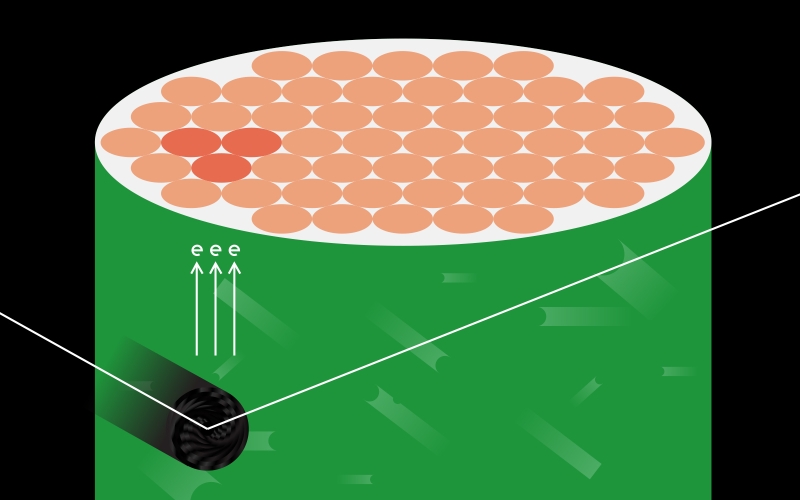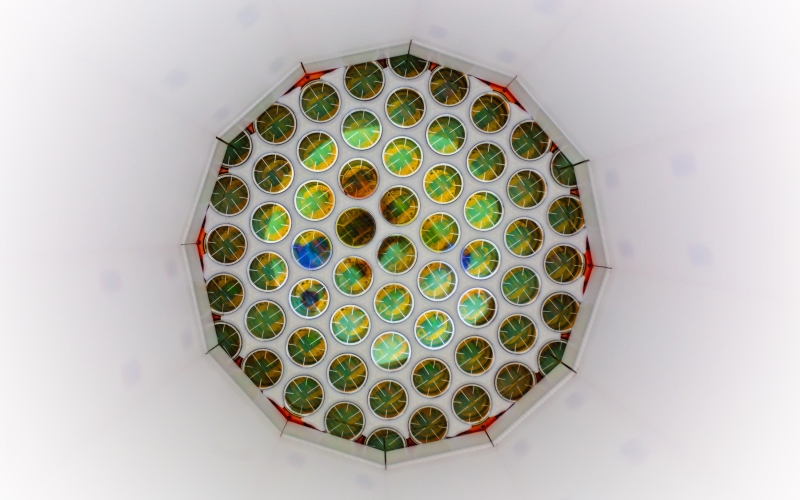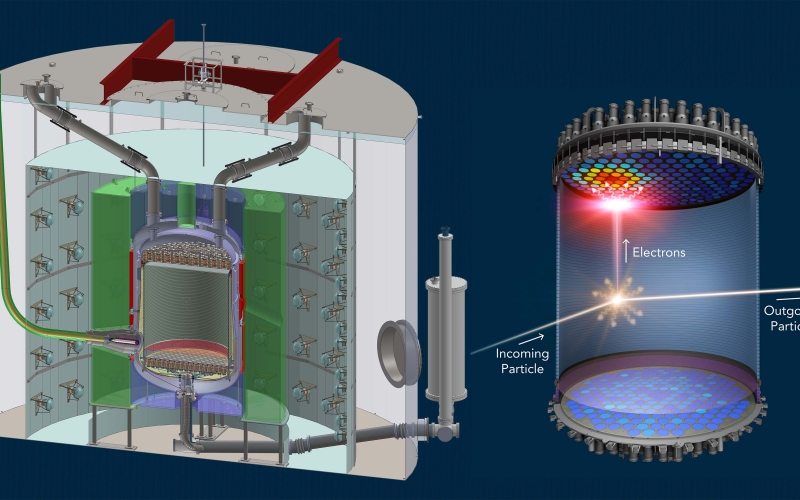Temperature to turn Xenon to liquid
Our target is xenon, a colorless, odorless noble gas found in trace amounts in the Earth’s atmosphere. In the search for WIMPs, scientists with LUX and LZ use super dense liquid xenon, which is cooled by liquid nitrogen to -160 Fahrenheit. We use xenon for its ability to emit light and electrons when hit by other particles—a property critical to detecting WIMPs.
Amount of xenon in the second generation experiment
The first-generation dark matter detector, LUX, used 350 kilograms of xenon as a target. Now scientists have gone bigger—30 times bigger, in fact. LUX-ZEPLIN (LZ), holds 10 metric tons of xenon—nearly ¼ of the all xenon produced in an entire year.
SURF purchased about 80 percent of the xenon needed for LZ. To ensurre the xenon was xenon was pure enough for the experiment, scientists ran it through a special purification process at SLAC National Accelerator Lab. In 2022, after 5 years of construction and installation, LZ published its first results. In 2023, the experiment became the most sensitive dark matter detector on Earth.






